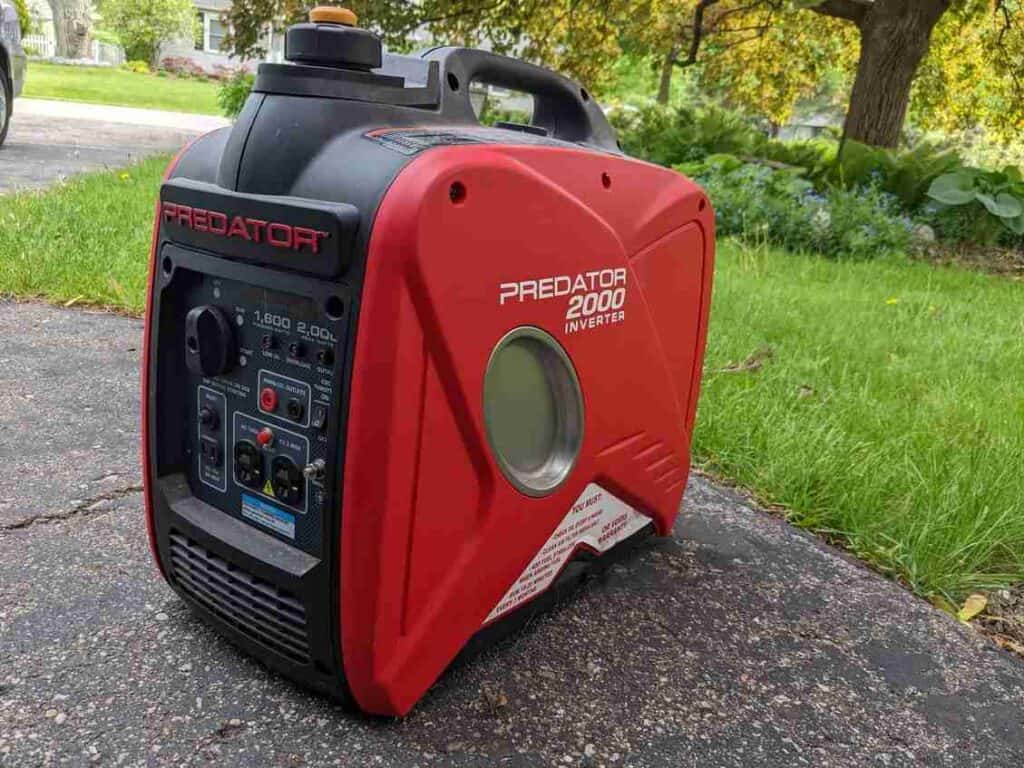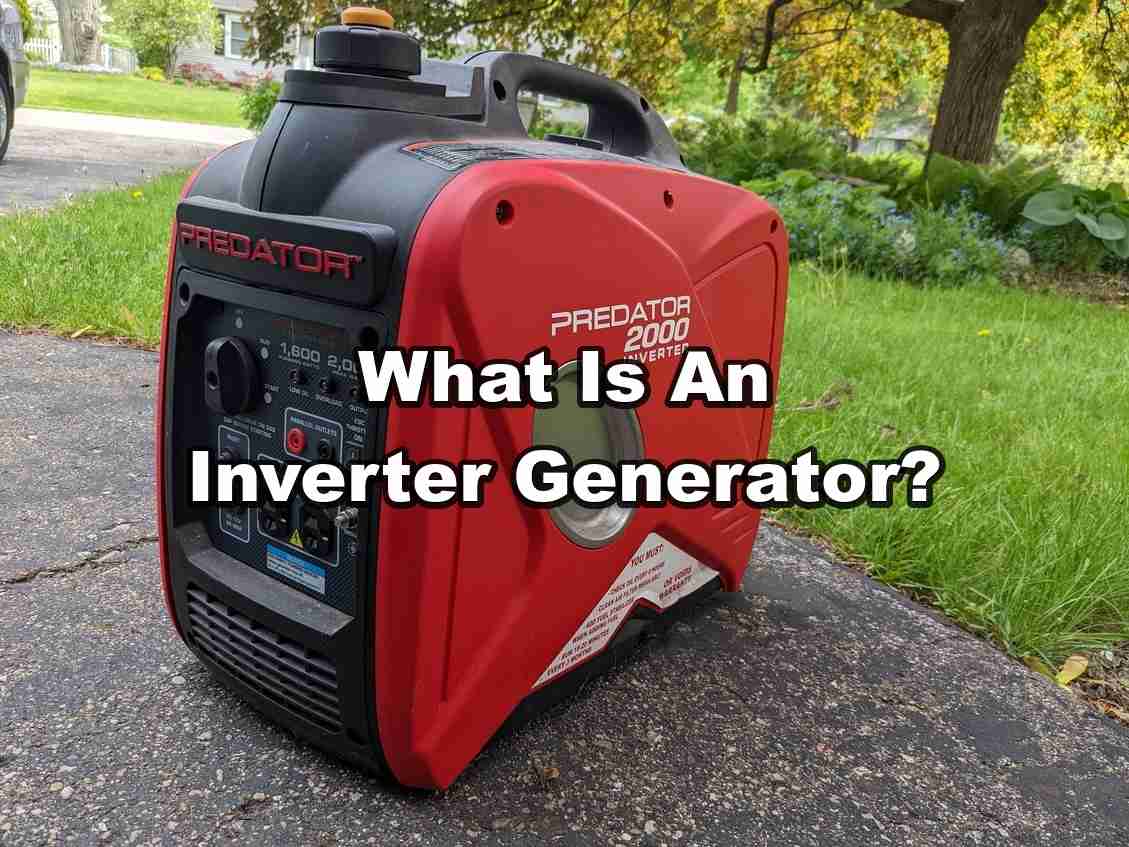Inverter generators have gained significant popularity in recent years due to their numerous advantages over traditional portable generators. These compact, efficient, and versatile power sources are ideal for a wide range of applications, from camping and outdoor events to emergency backup power and professional use.
This comprehensive guide aims to provide a thorough understanding of inverter generators, their working principles, key features, and benefits.
How Inverter Generators Work
At the heart of an inverter generator lies a sophisticated system that sets it apart from conventional portable generators. The process begins with the generator’s engine, which produces alternating current (AC) power. This AC power is then converted to direct current (DC) using a rectifier. The DC power is then processed by an inverter, which employs advanced electronic circuitry to create a clean, stable, and high-quality AC power output.
Unlike traditional generators that run at a constant speed to maintain a steady power output, inverter generators can adjust their engine speed based on the load demand. This allows for improved fuel efficiency and reduced noise levels, as the engine doesn’t need to run at full capacity when the power demand is low.

Key Features and Benefits of Inverter Generators
- Quiet Operation: Inverter generators are significantly quieter than their traditional counterparts, making them ideal for use in noise-sensitive environments such as campsites, residential areas, or outdoor events.
- Lightweight and Portable: The compact design and lightweight construction of inverter generators make them easy to transport and store, perfect for those who need power on the go.
- Fuel Efficiency: The ability to adjust engine speed based on load demand results in improved fuel efficiency, allowing inverter generators to run for longer periods on a single tank of fuel.
- Clean and Stable Power Output: Inverter generators produce clean, stable power with minimal harmonic distortion, making them safe for powering sensitive electronic devices like laptops, smartphones, and televisions.
- Inverters are also used for solar power. Check out our article “How Does A Solar Generator Work?” for more information.
- Parallel Capability: Many inverter generators offer the ability to connect multiple units in parallel, allowing users to increase the total power output to meet higher demands.
Tip: for information about reducing environmental impact and improved fuel storage, see “Propane vs. Gas Generator“
Ideal Use Cases for Inverter Generators
Inverter generators are versatile power solutions that cater to a wide range of applications, including:
- Camping and RVing: Provide a quiet, reliable power source for lighting, cooking, and charging devices while enjoying the great outdoors.
- Tailgating and Outdoor Events: Power your sound systems, lighting, and cooking equipment at outdoor gatherings and events.
- Emergency Backup Power for Homes: Serve as a reliable backup power source during outages, keeping essential appliances and devices running.
- Job sites and Professional Applications: Provide clean, portable power for tools and equipment on construction sites and other professional settings.
Choosing the Right Inverter Generator
When selecting an inverter generator, consider the following factors:
- Power Output: Determine your power needs by calculating the wattage of the devices and appliances you plan to run simultaneously.
- Conventional portable generators produce power ranging from 500 to 20,000 watts. The highest-wattage consumer-grade inverter generator currently available is the Duromax XP9000iH, which peaks at 9000 watts.
- Runtime: Consider the generator’s fuel tank capacity and estimated runtime at various load levels to ensure it meets your requirements.
- Noise Level: Pay attention to the generator’s noise level, especially if you plan to use it in noise-sensitive environments—such as a campground or your back yard.
- Portability: Evaluate the generator’s weight, dimensions, and handles for ease of transport and storage. This makes generators like the DuroMax XP2300iH ideal for camping, fishing, and other outdoor activities. Plus, when you are not using them, their smaller body size makes them easier to store.
Some top inverter generator brands and models include:
- Honda EU2200i
- Yamaha EF2000iSv2
- WEN 56200i
- Champion 3400-Watt Dual Fuel Inverter Generator
Honda inverter generators have a reputation for being especially quiet: check out the Honda EU2200i

Inverter Generator Maintenance and Safety
To ensure optimal performance and longevity of your inverter generator, follow these maintenance and safety guidelines:
- Regularly change the oil and air filter according to the manufacturer’s recommendations.
- Use fresh, stabilized fuel and avoid storing the generator with fuel in the tank for extended periods.
- Operate the generator in well-ventilated areas to prevent carbon monoxide buildup.
- Keep the generator dry and protected from the elements when not in use.
- Familiarize yourself with the generator’s safety features and follow the manufacturer’s guidelines for safe operation.
As the demand for reliable, efficient, and portable power solutions continues to grow, inverter generators have emerged as a top choice for a wide range of applications. By understanding the working principles, key features, and benefits of inverter generators, you can make an informed decision when selecting the right power source for your needs. Whether you’re a camping enthusiast, homeowner, or professional, an inverter generator offers a versatile, clean, and convenient power solution that adapts to your unique requirements.













Leave a Reply